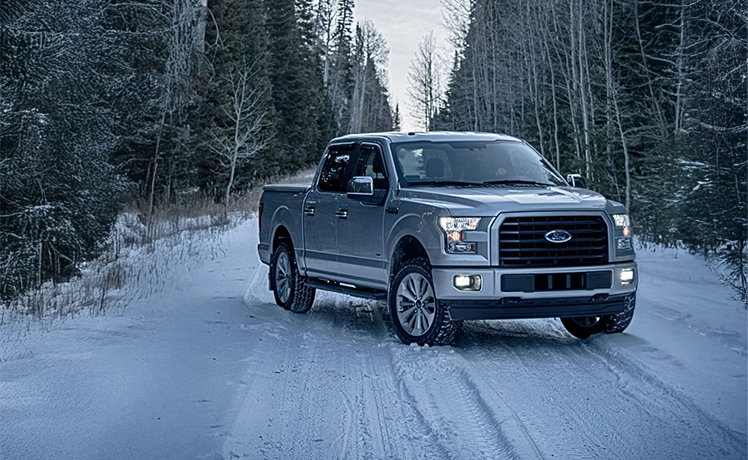
12/27/24
Diesel Treat, Diesel Lifeline, Anti-gel, Winter
By Rich Guida
If you live in a cold weather state, chances are you’re no stranger to subfreezing temperatures. And while your truck might be built tough for year-round usage, the unfortunate reality is that the diesel it runs on is not.
Thankfully, there are steps you can take to prepare your truck for cold winter weather. Learn how to winterize your diesel truck to ensure your vehicle stays on the road, no matter the temperature.
Diesel fuel remains liquid in warm temperatures, running smoothly through your engine. However, when temperatures plummet, diesel fuel doesn’t fare so well.
Diesel contains paraffin wax. When it gets cold enough (usually around 15 degrees Fahrenheit), paraffin wax can begin to solidify.
The first step toward gelling is for diesel to reach the ‘cloud point.’ This occurs when paraffin wax begins to solidify into crystals, giving the fuel a cloudy appearance. If the temperature drops further, eventually, diesel turns to gel. At this point, the paraffin wax crystals will clog your engine filter, preventing effective fuel flow.
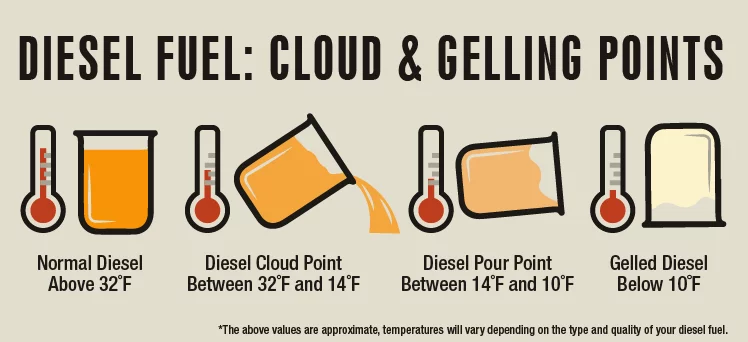
That’s the technical part. Here’s what you’ll notice if your fuel starts to get cloudy or gelled:
Don’t assume you’re in the clear once your engine starts. Diesel fuel can gel or freeze even while you’re out on the road, as the fuel tank is positioned far from the engine's warmth.
Fortunately, you can avoid this headache by learning how to prepare a diesel truck for winter and not letting diesel fuel freeze.
Using an anti-gel winter fuel additive is the most effective way to prepare your truck for winter. These additives are specially formulated to prevent diesel from gelling. It is crucial to use these types of products before fuel reaches its cloud point. No anti-gel can reverse the process once the fuel reaches its cloud point.
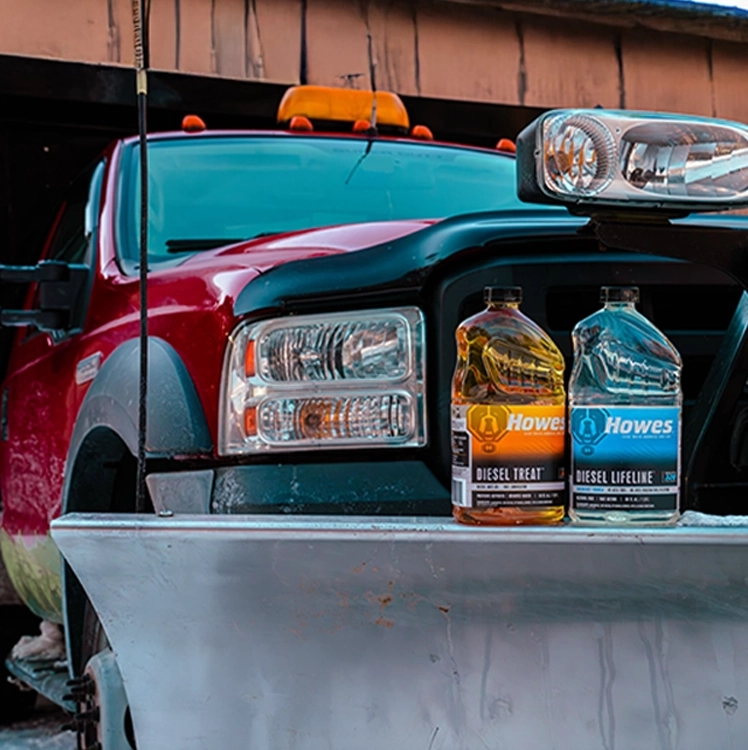
You can also purchase emergency additive treatments that can be used after your diesel has reached its cloud point or even fully gelled. If you forgot to treat early with an anti-gel or temperatures drop suddenly, these treatments can get you out of a bind. They are great if your vehicle won’t start or if it struggles to stay running. Keep a bottle of Howes Diesel Lifeline handy to reliquefy gelled fuel and de-ice frozen fuel filters.
Along with adding anti-gel to your vehicle maintenance routine, there are steps you should take to keep your truck performing well throughout the winter.
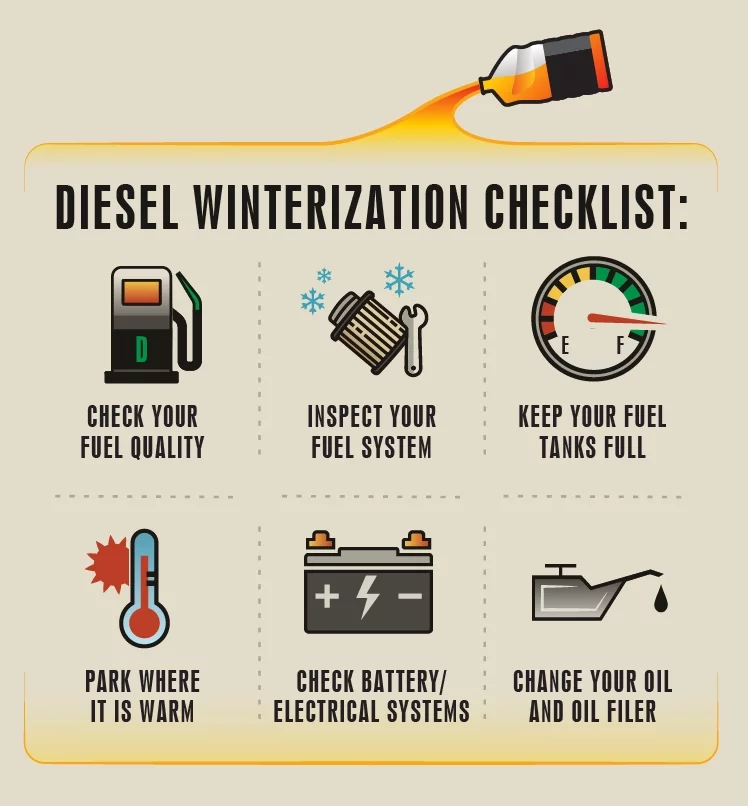
There are many diesel additives available. Some contain harmful alcohols or other solvents that can draw water into the fuel system and cause damage.
Howes diesel products are made without harmful alcohol or solvents. They are designed to keep water out of the fuel system safely and effectively.
Learn more about choosing the best diesel treatment for winter.
Make regular, pre-winter maintenance a habit. Perform the following checks before the temperature drops:
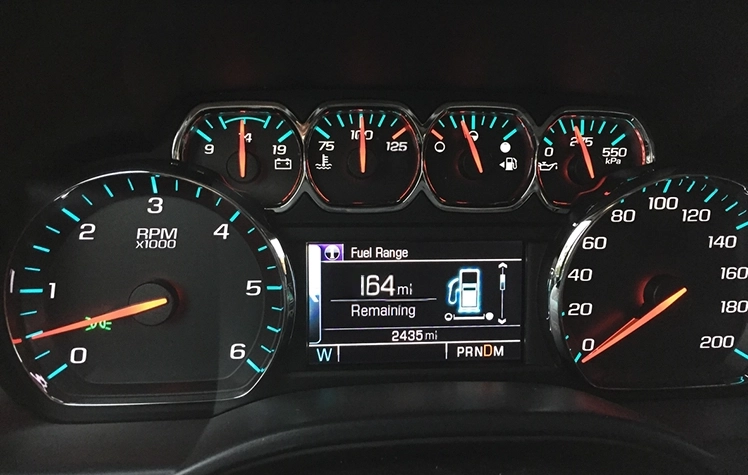
During the winter, monitor your vehicle carefully each time you start it and continue whenever you are out on the road. Listen for sputtering coming from the engine and watch for the emission of white smoke. Both could be signs of an underperforming engine.
Don’t risk engine damage or a truck that won’t start. Prepare for winter with Howes.